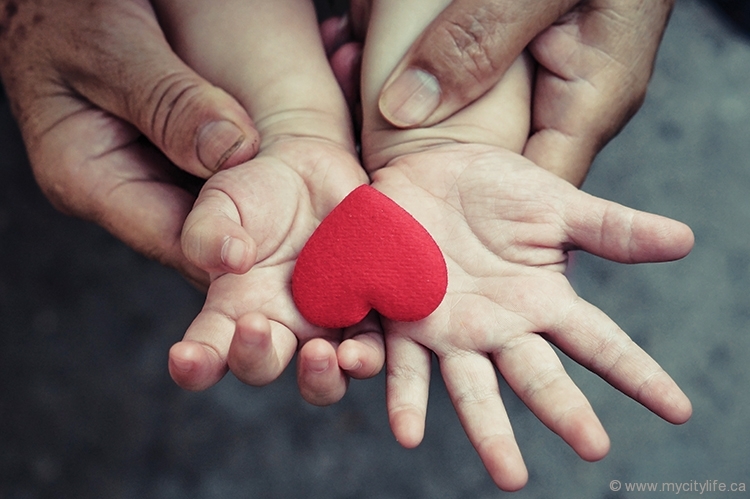Raising a Grateful Generation
How a consistent and authentic gratitude practice is an important quality to cultivate in us and in our children.
Albert Einstein once said, “There are only two ways to live your life. One is as though nothing is a miracle. The other is as though everything is a miracle.” As a psychiatrist and a mother, I am blessed with many teachers: my patients and my children. And these teachers remind me, every single day, that how we choose to focus our eyes and attention largely creates our experience of the world around us.
As Einstein so perceptively noted, cultivating a mindset of gratitude almost always has nothing to do with what we have in our lives. Gratitude is about noticing what we do have, rather than noticing what we don’t have. Gratitude is always available to us, in every moment, if we are prepared to see it.
As I raise my children, I am continuously faced with the question of how to instill a sense of wonder and gratitude in them. Or rather, how to create an environment for them that allows them to hold onto the natural mindfulness and thankfulness that children seem to organically have. As they grow, as they are exposed to different life events, traumas and losses, ironically as they “get” more and more material items, it is increasingly challenging to hold onto those natural qualities.
Here are some thoughts on how we can help our children hold onto their sense of wonder and thankfulness into the tween and teen years and beyond:
1. Allow gratitude to be authentic: My children often struggle with returning to school after a holiday. Trying to elicit gratitude for the privilege of attending school at that particular time often falls on deaf ears. However, when I ask them to list things they feel “excited” about, they can genuinely mention seeing teachers and friends, or meeting a new classroom pet. Allow your children to define their gratitude in a way that feels authentic to them, not in a way that feels meaningful to you. Similarly, don’t “force” your children to articulate gratitude in the midst of grieving or an upsetting loss. Let them feel their feelings first, and eventually move into a place of gratitude when it feels right.
2. Notice the small things: In this era of modern technology, it can be helpful to take time to return to simpler pleasures in life and draw our attention to them. Children may not realize that running water, electricity and the food on the table are luxuries in many parts of the world. Similarly, we often forget the pleasures of the “little” things, like the feeling of soft grass beneath our feet, a beautiful sunset or a cosy blanket. Noticing these things is not Pollyanna-ish; rather, it is a choice that requires courage, and being intentional about how we view the world.
3. Focus on your own gratitude practice: Grateful adults raise grateful children. Notice what you are grateful for often, both for the little things and the big things in life, and articulate them to your children. When blessings are discussed casually in everyday conversation, children naturally start to contribute their own ideas. Children almost always model parental behaviour, so there is no more powerful example than a parent who practises what he or she preaches.
MONISHA VASA, M.D.
GUEST PARENTING EDITOR

A board-certified general and addiction psychiatrist in private practice in Orange County,Calif.
Dr. Monisha Vasa is the author of the non-fiction children’s books My Dearest One and Saying Thank You. She is also a marathon runner and student of yoga and meditation.

















































































No Comment